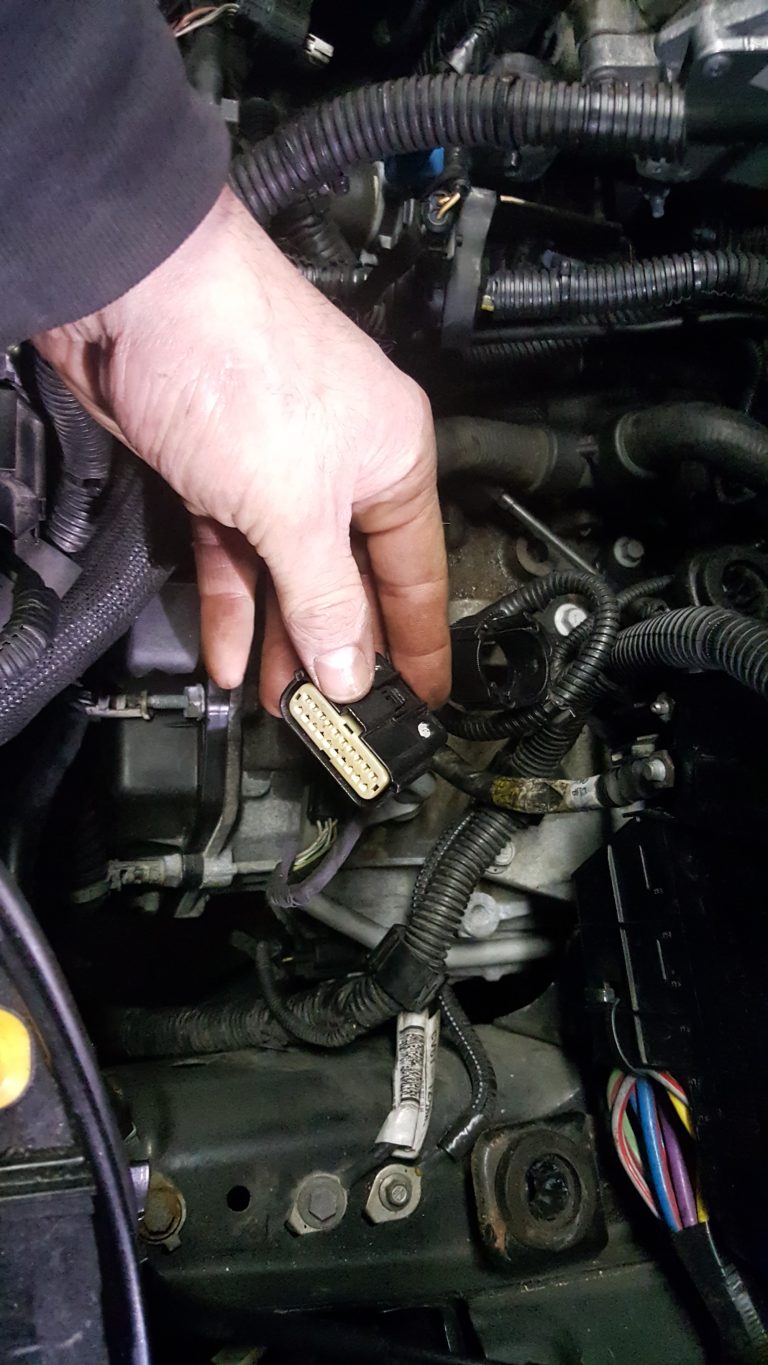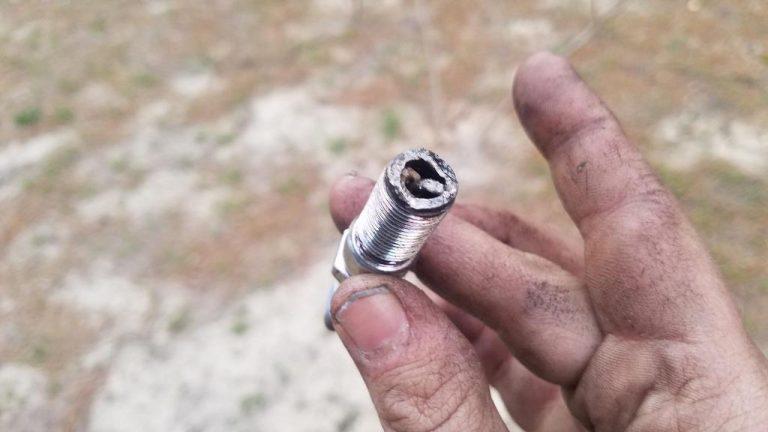2018 F150 10 Speed Transmission Problems
As experienced professionals in the world of automotive repair and maintenance, it’s our obligation to share critical insights that could assist Ford owners, DIY enthusiasts, and professional mechanics alike. Among the array of issues we’re addressing today is the ongoing concern around the 2018 F150 10 Speed Transmission system. This piece aims to deliver comprehensive yet easily understandable solutions to some of the common problems experienced with the aforementioned model.

Overview of Ford F150 10-Speed Transmission
Understanding the Ford F150 10-Speed Transmission
The Ford F150 10-Speed transmission is a key component in a series of vehicles under the globally recognized Ford F150 brand. This transmission system was designed with efficiency and performance in mind. It leverages advanced technologies to enhance control, responsiveness, and power in different driving scenarios. This automatic transmission is specifically tailored to manage the torque delivered by Ford’s powerful engines, making it intrinsic to the overall performance of the F150.
Key Features of Ford F150 10-Speed Transmission
Ford’s F150 10-speed transmission boasts numerous key features that contribute to a remarkable driving experience. It leverages a sophisticated calibration system, variable displacement vane pump, and real-time adaptive shift-scheduling algorithms to provide improved gear availability and efficiency. What’s more, it features an integrated torque converter/turbine clutch that helps in reducing complexity and enhancing driving experience by reducing the ‘drag’ associated with conventional torque converters.
Evolution of Ford F150 10-Speed Transmission
The evolution of Ford’s F150 10-speed transmission demonstrates the automaker’s commitment to innovation and overhauling driving experiences. While first appearing in 2017, the transmission system has since undergone significant advancement, underpinned by improved electronic controls and more robust materials for enhanced durability. This evolution has been crucial in maximizing performance and efficiency, with each advancement seeking to cater to the growing demands of drivers globally.
Common Issues with 2018 Ford F150 10-Speed Transmission
Fluid Leaks
Fluid leaks present a common problem in the 2018 Ford F150 10-Speed Transmission. Transmission fluid is essential in lubricating the system and maintaining its operational efficiency. This issue can easily be detected through reddish oil spots underneath one’s vehicle, displaying a common sign of leakage.
Slipping Or Shuddering
Another prevalent issue identified in the 2018 model involves transmission slipping or shuddered. This problem is typically characterized by an unnatural jerk or sudden change in gears when driving. The resulting irregular and uncomfortable driving experience can negatively influence overall performance and efficiency.
Overheating
Overheating can also occur in the F150’s 10-speed transmission. Increased temperatures could damage different parts of the transmission system and disrupt its normal functioning. Signs include a burning smell and elevated transmission fluid temperatures.
Inappropriate Shifting
Inappropriate shifting characterizes another significant problem in the 2018 Ford F150 10-Speed Transmission. This irregularity involves unexpected changes in gears or refusal to shift, severely disrupting the vehicle’s performance.
Noisy Transmission
In some cases, the F150’s 10-speed transmission can produce louder than usual noises, especially when shifting gears. These noises can manifest as whining, humming, or clunking sounds – often indicative of underlying mechanical issues.
Check Engine Light
While not unique to the F150’s transmission system, the check engine light might illuminate due to transmission-related issues. Various system malfunctions, such as faulty sensors or electrical glitches within the transmission, can trigger this warning.
Fluid Leakage in 2018 Ford F150 10-Speed Transmission
Causes of Fluid Leakage
Fluid leakage in the 2018 Ford F150 10-Speed Transmission can arise due to various reasons, ranging from damaged seals and gaskets to loose pans. Additionally, cracked transmission fluid lines, aged transmission pan gaskets, damaged torque converter seals, and worn-out fluid pumps can contribute to fluid leakage.
Symptoms of Fluid Leakage
Symptoms of fluid leakage include spotting bright red, sweet-smelling puddles underneath the vehicle or experiencing trouble shifting gears. Additionally, if the vehicle’s transmission fluid level reduces abruptly or the transmission starts to overheat, it could signal a fluid leakage problem.
Implications of Fluid Leakage
If left unaddressed, fluid leakage can escalate to severe issues. Fluid loss can lead to poor lubrication, eventually causing wear and tear on essential transmission components. Additionally, it could cause overheating in the transmission due to high friction levels and potentially lead to complete transmission failure.
How to Fix Fluid Leakage Problems
Fixing fluid leakage primarily involves pinpointing and addressing its root cause. It might involve tightening loose components, replacing worn-out seals, or installing a new transmission pan. In case of severe damage, it might necessitate a complete transmission rebuild.

Slipping and Shuddering in 2018 Ford F150 10-Speed Transmission
Understanding Transmission Slipping And Shuddering
Transmission slipping occurs when the transmission inexplicably switches gears or does not switch gears at all. On the other hand, shuddering happens when the vehicle vibrates or shakes inexplicably, often at specific speeds.
Symptoms to Identify Slipping Or Shuddering
Key symptoms of slipping or shuddering include unexpected gear shifts, refusal to switch gears, increased engine noise without a corresponding increase in speed, unexpected shaking, or vibrations while driving.
Reasons Behind Slipping Or Shuddering
A low fluid level or poor fluid quality often leads to slipping and shuddering in a transmission. Wear and tear of transmission components, including clutch plates and bands, or hydraulic circuit malfunctions could also lead to these issues.
Precautions and Fixes for Transmission Slipping and Shuddering
Preventing slipping or shuddering mostly involves maintaining adequate fluid levels with regular top-ups and using high-quality transmission fluid. Servicing the transmission regularly, particularly by replacing worn-out components, can also help. In severe cases, a complete transmission overhaul may be required.
Overheating of 2018 Ford F150 10-Speed Transmission
Signs Your Transmission is Overheating
Signs of transmission overheating may include a burning smell, erratic gear shifts, transmission slippage, or the presence of dark or brown transmission fluid.
Major Causes of Overheating
Heavy towing, aggressive driving, poor quality or low level of transmission fluid, or transmission fluid leaks can cause overheating. Additionally, a malfunctioning transmission coolant can also lead to overheating issues.
Impact of Overheating on Transmission
Chronic overheating can cause irreversible damage to the transmission. High temperatures can cause transmission fluid to oxidize, reducing its lubrication properties and leading to increased wear and tear.
Tactics to Prevent and Cure Overheating
To prevent and cure overheating, maintain healthy fluid levels, ensure consistent fluid quality, and check the transmission coolant regularly. Adding an external cooler or using synthetic transmission fluid can also help.
Inappropriate Shifting in 2018 Ford F150 10-Speed Transmission
What is Inappropriate Shifting?
Inappropriate shifting occurs when the transmission does not switch to the optimum gear based on the engine speed and load. It can involve unexpected or delayed shifts or refusal to shift.
Possible Causes of Inappropriate Shifting
Common causes of inappropriate shifting include low fluid levels, poor fluid quality, worn-out components, or electronic control system malfunctions.
Effects of Inappropriate Shifting
Inappropriate shifting can result in poor vehicle performance and lower fuel efficiency. Severe cases may lead to transmission damage or failure.
Solutions for Inappropriate Shifting Issues
Solutions include maintaining the right fluid level and quality, regular servicing, or software updates for the electronic control system. However, severe issues may call for a replacement of the entire transmission system.
Noise Issues in 2018 Ford F150 10-Speed Transmission
Kinds of Transmission Noises
The transmission can produce various kinds of noises including humming, whining, growling, or clunking sounds. These noises often increase in volume while shifting gears.
Causes of Noises in Transmission
Lack of lubrication, damaged gears, low fluid level, or worn-out components can lead to noise in the transmission.
Potential Harm of Ignoring Transmission Noises
Ignoring transmission noises may lead to worsening mechanical issues overtime. It could potentially result in complete transmission failure if unchecked.
Dealing with Noise Issues in Transmission
Addressing noise issues involves identifying the exact cause and resolving it. Essential measures can include fluid checks and replacements, parts checks, and replacements, or a full transmission overhaul if necessary.
Check Engine Light Issues Related to 2018 Ford F150 10-Speed Transmission
Understanding Check Engine Light
The check engine light is a vehicle’s onboard diagnostics system’s way of indicating an issue. While it can be triggered by a range of problems, some are linked to the transmission.
Why Check Engine Light Can Indicate Transmission Problems
The check engine light may indicate transmission problems when there are issues such as faulty sensors, electrical problems within the transmission, or if the transmission is overheating.
Process of Diagnosing Transmission Problems via Check Engine Light
Professional diagnostic tools are often used to read error codes from the vehicle’s onboard diagnostics system, which can help identify transmission-related problems triggering the check engine light.
Resolving Check Engine Light Issues
Resolving these issues can involve anything from replacing a faulty sensor, fixing electrical issues with the transmission, or dealing with more widespread transmission issues. Professional diagnosis and repair is typically necessary in such cases.
Preventative Maintenance for 2018 Ford F150 10-Speed Transmission
Importance of Regular Maintenance
Regular maintenance can keep your transmission working as expected, helping to prevent most common transmission problems. It involves tasks such as maintaining fluid levels, ensuring high-quality fluid is used and parts are in good working order.
Suggested Maintenance Routines
Recommended maintenance routines include regular fluid checks and replacements, monitoring for leaks, and getting professional transmission servicing done at the required intervals.
Avoiding Common Transmission Problems Through Maintenance
Regularly maintaining the transmission system helps in identifying potential problems early and addressing them promptly before they can escalate into severe issues.
Is the Hesitation in Acceleration of the F150 EcoBoost Related to the Transmission Problems in the 2018 F150?
The f150 ecoboost acceleration hesitation symptoms have caused concerns about potential transmission problems in the 2018 F150. While some drivers have experienced hesitation during acceleration, it’s essential to note that the issue is not solely linked to transmission. Factors like turbo lag, throttle response, or engine management systems can contribute to this hesitation, making a comprehensive diagnosis necessary. Regular maintenance and inspections by a qualified mechanic can help address any underlying issues.
Professional Repair Options for 2018 F150 10-speed transmission Issues
When to Seek Professional Help
Professional help should be sought whenever transmission problems persist despite your best efforts, or when the issue requires specialized knowledge and equipment to diagnose and repair.
Cost Estimates for Common Repairs
Costs for common repairs vary based on the nature of the issue and local rates. However, consider seeking multiple estimates from reputable professionals to ensure you get competitive pricing.
Choosing a Trustworthy Mechanic
Choosing a trustworthy mechanic involves checking their credentials, past customer reviews, and whether they specialize in your specific vehicle or transmission type.
Understanding Repair Procedures and Post-repair Care
Understanding the repair procedures allows for informed consent and realistic expectations about the repair process and timeline. Post-repair care may involve following the mechanic’s guidelines on driving, fluid changes, and maintenance.






